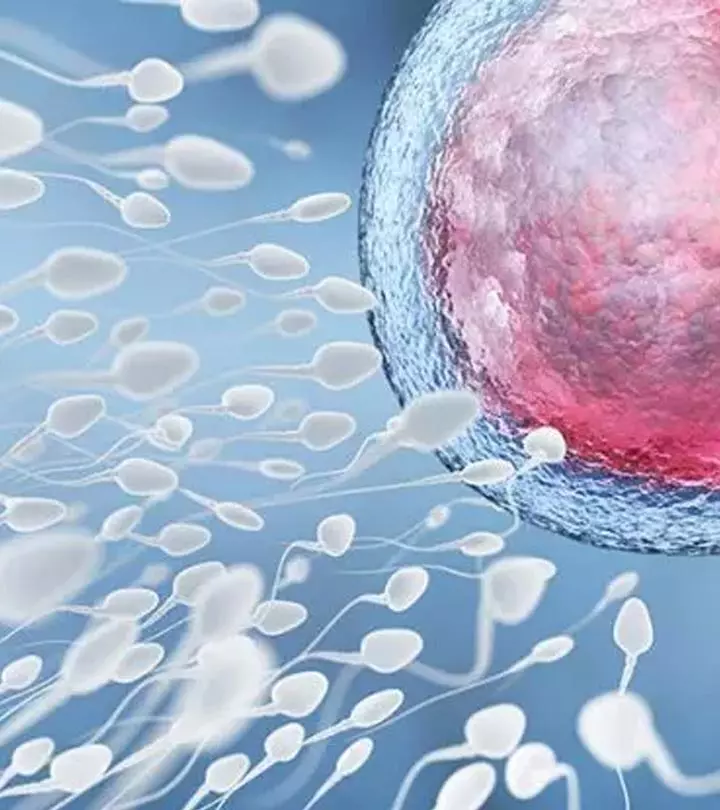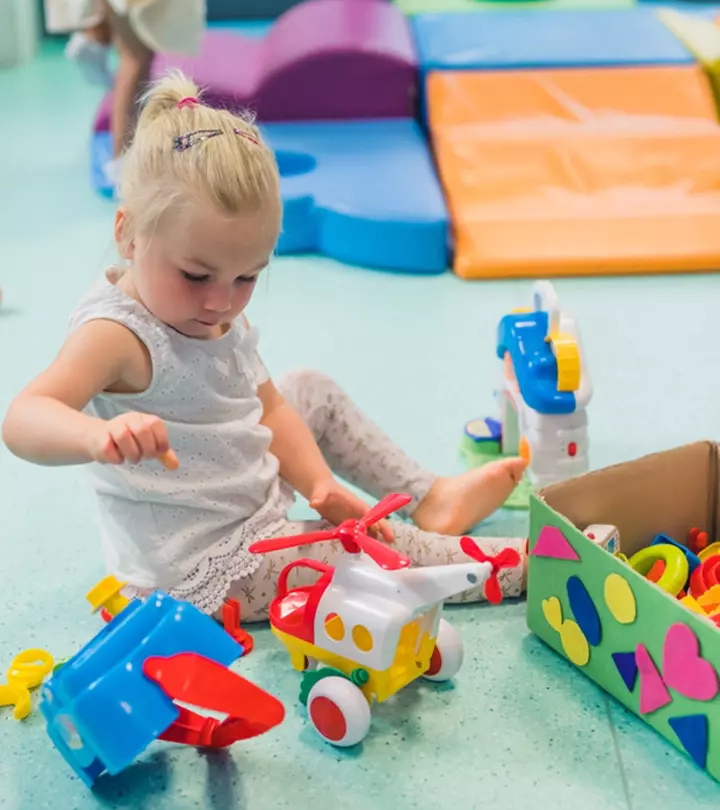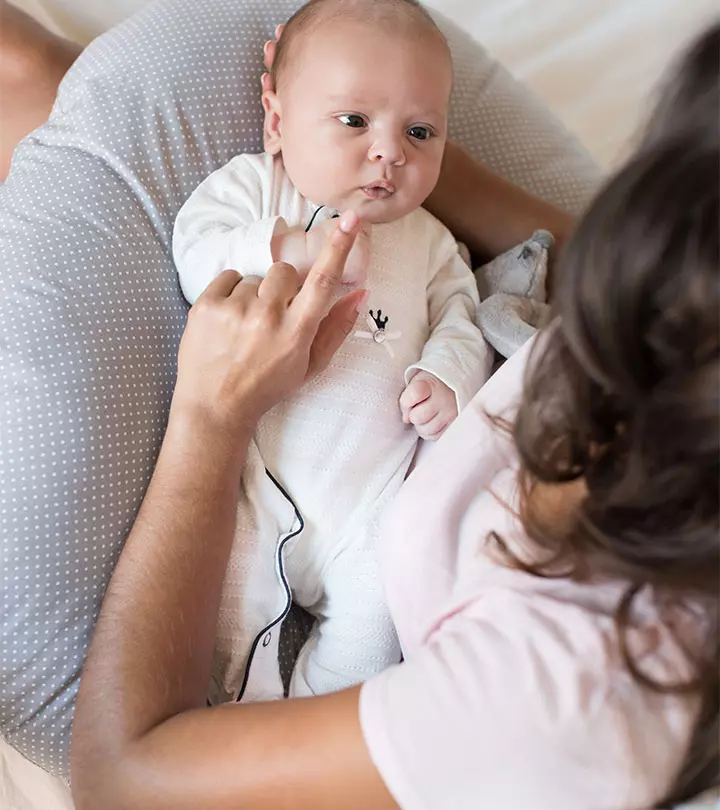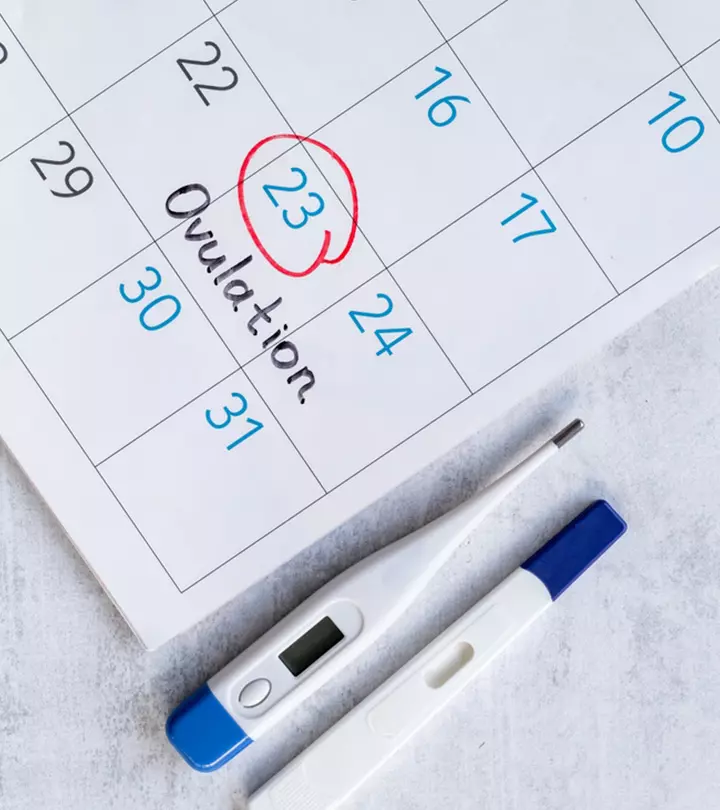

Image: ShutterStock
Kate Lucas was delighted to know that she was going to have twins. What made the news even more welcome was that she didn’t have to wait for too long after her husband, and she had decided to try for another child. But all the excitement soon ceased once they discovered from their doctor that twins were Monoamniotic/Monochorionic, i.e. ‘MoMo’ identical twins.

MoMo twins are very rare and identical. An estimated 1 in 35,000 births manifests the condition. MoMo twins are unique in that they share the same amniotic sac but have separate umbilical cords. The condition doesn’t allow for a membrane separating the two umbilical cords. The chances of survival for the babies are slim or faced with major health hazards due to umbilical cords wrapping around them. Also, it is more likely for one baby to receive the nutrients and the other to be malnourished. During advanced pregnancy, there will be less room for the babies and there would be chances of one compressing the other even causing death. In case of Lucas, she was warned by her doctors that her twins would have a 50-70 percent chance of survival. The doctors even warned her not to shop for baby stuff for the new additions, so that she could prepare herself for the worst.
Advised of the condition, Kate prepared for her C-section at 32 weeks, all worried and anxious as to whether her babies will come out safe. The past month, she resided at the hospital the whole time so she could have her regular tests and monitoring sessions throughout the day. But as luck would have it, the delivery turned out a smooth process and Lucas delivered healthy girls minutes after one another without and obstacles. The babies weighed less than 2 kg.
What came out shocking was the umbilical cord. When examined after delivery, it was found to be so severely knotted that left everyone in the room shocked at how the twins were able to survive that densely knotted cord.
Lucas posted the photo of the umbilical cord on Facebook which quickly garnered several shares as many were touched by the story of Harper and Cleo. In her blog post, Lucas also explained, “As the cords were examined a shocked silence fell over the room. The girls had survived horrific entanglement, with a true knot at one point. We delivered them just in time…..they were truly our miracle MoMo’s.”
Harper and Cleo are incredibly bonded well. They are inseparable and are called ‘twirlies’ by their parents. Today they are aged eight and the miracle babies are bundles of joy to Lucas and her husband.
The story of the braided umbilical cord survival is rare. But what happens when the doctor scans your baby with a cord around the neck during the gestational period?
Many women worry about their baby having the umbilical cord getting wrapped around its neck. Although a very common occurrence, it seldom causes any problem. The fact is that the amniotic fluid and the uterus are like a large swimming pool for your baby. When your baby is very tiny, it has a lot of space to move about in that pool. Their constant movement during the first and the second trimesters, when their body has enough space to move about, the umbilical cord can get wrapped around different parts of the body. When the cord is around the neck, it is called a nuchal cord. About 40 percent of babies can be born with a nuchal cord.
A doctor can do nothing about it during the gestational period. But remember, it rarely poses any risk to your baby. Your baby is already being supplied oxygen through the cord instead of the trachea. Secondly, the first thing the doctor will do during delivery is to slide a finger around the neck to remove the cord if it’s around the neck. Usually, it is loose enough to slide it over the baby’s head before the rest of its body comes out.
Community Experiences
Join the conversation and become a part of our nurturing community! Share your stories, experiences, and insights to connect with fellow parents.












